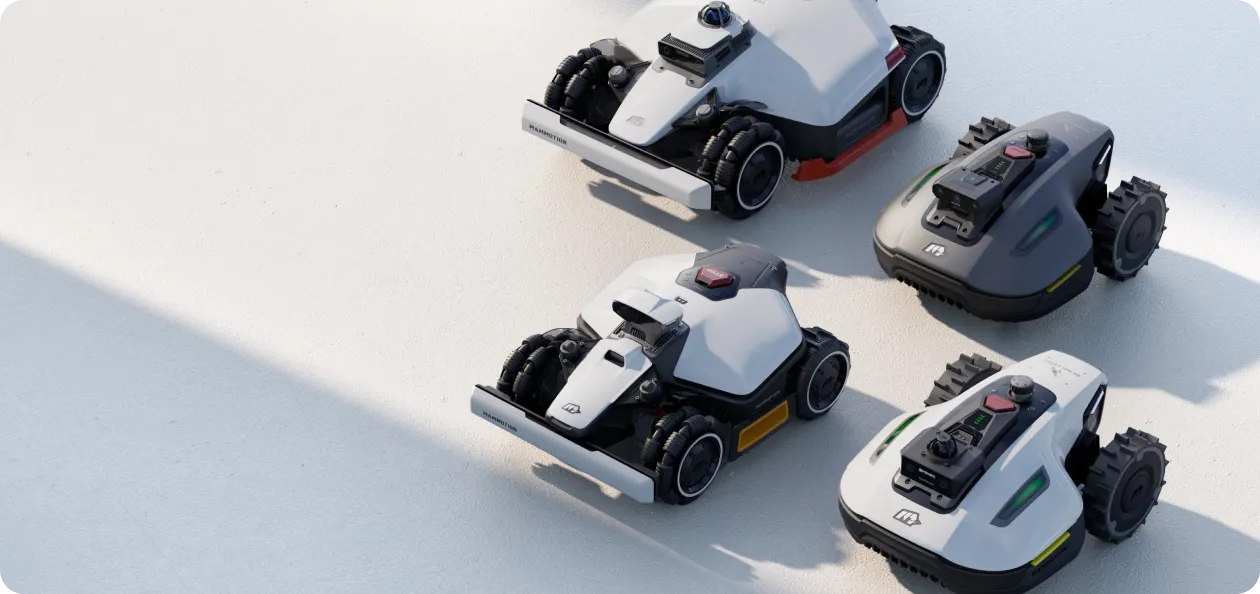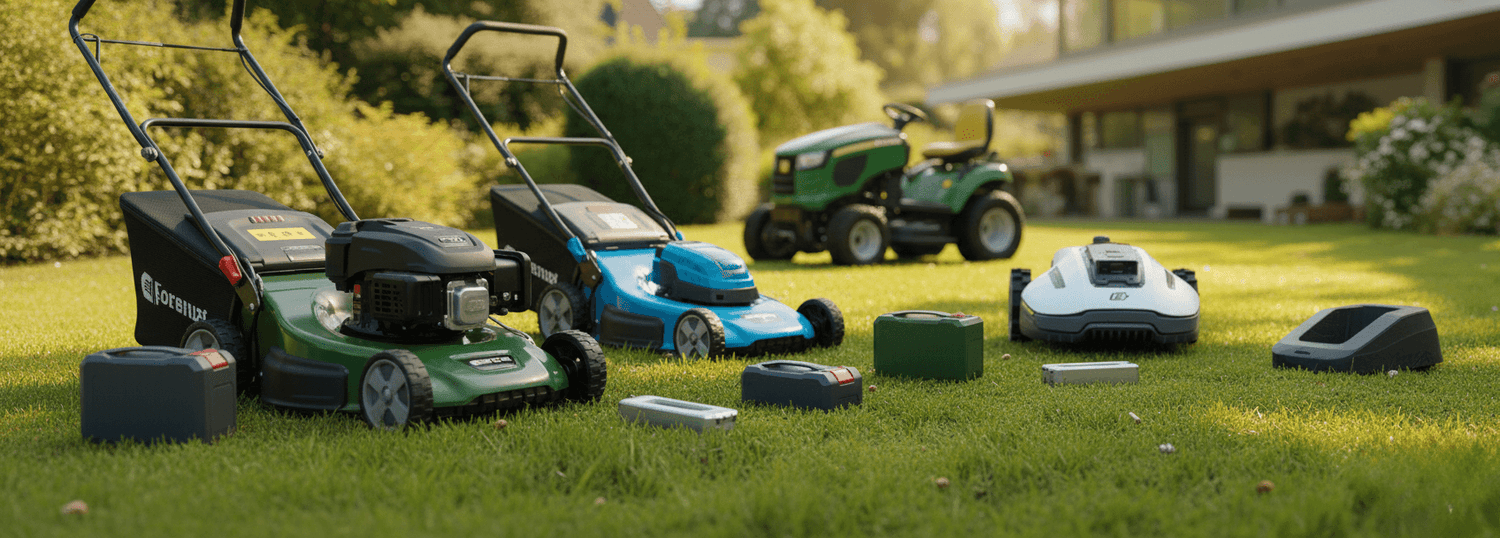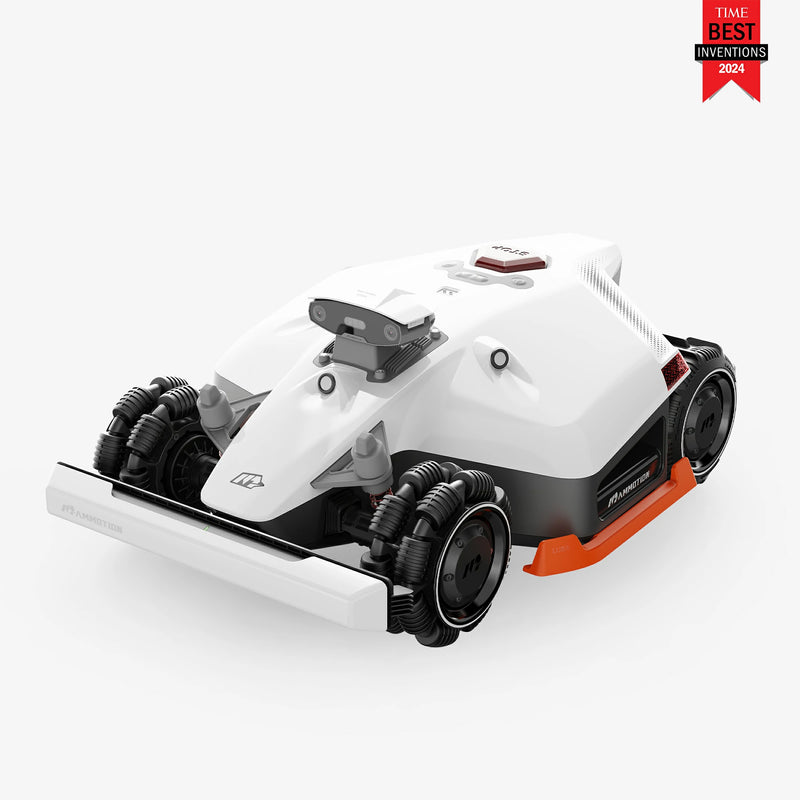A healthy lawn mower battery is the unsung hero of a well-kept yard. Whether you rely on a riding mower with a 12-volt starter battery or a modern cordless mower powered by a lithium-ion pack, battery lifespan directly impacts your budget, your mowing schedule, and the reliability of your equipment.
When we talk about a “lawn mower battery,” we’re covering two main categories: the traditional lead-acid starter batteries used in gas or riding mowers, and the rechargeable battery packs that drive electric and robotic mowers. Each chemistry has its own lifespan expectations, maintenance needs, and replacement costs.
In this guide, you’ll learn how long different types of lawn mower batteries last and the key factors—usage, charging habits, climate, and quality—that determine whether yours reaches or even exceeds its expected service life.
Types of Lawn Mower Batteries & Their Typical Lifespan
Not all lawn mower batteries have the same lifespan. Pls read more If you wonder know how long do lawn mower batteries last. The chemistry inside determines how long the battery will perform, how often it can be recharged, and what kind of maintenance it needs. Understanding these differences helps you set realistic expectations—and choose replacements wisely.
1. Lead-acid batteries
These 12-volt units are common in riding mowers and garden tractors with gas engines. They resemble small car batteries and include flooded (wet cell), AGM (absorbed glass mat), and gel types. With proper maintenance, most last 2–5 years. They are inexpensive and widely available, but they require periodic checks (especially flooded cells) and are more sensitive to cold temperatures.
2. Lithium-ion batteries
Cordless push mowers, robotic mowers, and new electric riding mowers often use lithium-ion packs. These offer 4–10 years of service, or roughly 500–1,000 full charge cycles, provided you avoid deep discharges and extreme heat. They cost more up front, but deliver consistent power and lighter weight with little or no maintenance.
3. LiFePO₄ and other advanced chemistries
A subset of lithium batteries, lithium iron phosphate (LiFePO₄) is emerging in high-end equipment. It offers improved thermal stability and can exceed 10 years or 2,000 cycles, but remains the most expensive option.
4. Legacy types (Ni-Cd, etc.)
Rare today, nickel-cadmium packs appeared in some early cordless tools. Their typical life was only 2–3 years, and they suffered from “memory effect,” making them largely obsolete.
|
Battery Type |
Typical Lifespan |
Charge Cycles* |
Maintenance Needs |
|
Lead-acid (flooded/AGM/gel) |
2–5 years |
Not cycle-rated (starter duty) |
Check electrolyte (flooded), keep terminals clean |
|
Lithium-ion |
4–10 years |
500–1,000 |
Minimal—avoid deep discharge |
|
LiFePO₄ |
8–12+ years |
2,000+ |
Minimal |
|
Ni-Cd (legacy) |
2–3 years |
300–500 |
Occasional full discharge to reduce memory |
What Affects Battery Life — Key Factors
Even the highest-quality lawn mower battery won’t last forever, but how you use and care for it can make the difference between getting only a couple of seasons and enjoying a decade of reliable performance. The following factors have the greatest influence:
1. Usage patterns
How frequently and how hard you mow matters. A riding mower that cranks only a few times per month during a short northern season will typically get more years from its starter battery than one used multiple times a week in a southern climate. For cordless and robotic mowers, longer mowing sessions, heavy loads such as thick or wet grass, and hilly terrain drain the pack more deeply. The deeper each discharge, the more wear on the cells and the fewer total cycles the battery will deliver.
2. Charging habits
Improper charging shortens lawn mower battery life dramatically. Overcharging a lead-acid battery can boil off electrolyte, while leaving it discharged encourages sulfation—both conditions that reduce capacity. For lithium-ion packs, allowing the battery to remain at 0% for long periods accelerates cell degradation. Use the manufacturer’s recommended charger, and for riding mowers in storage, a maintenance or float charger keeps voltage topped off without overcharging.
3. Maintenance
Lawn mower battery routine checks pay off. For flooded lead-acid types, maintain proper electrolyte levels with distilled water and keep terminals clean and tight to prevent voltage drops. Inspect cables for corrosion and secure the battery to limit vibration damage. Lithium batteries need less hands-on care, but wiping connections and keeping the pack dry helps.
4. Environmental & climate factors
Extreme temperatures are battery killers. Freezing conditions slow chemical reactions and can crack cases, while prolonged heat speeds up chemical breakdown. Store the battery in a cool, dry place during off-season, ideally between 40 °F and 70 °F. Humidity can promote corrosion, so avoid damp sheds or garages if possible.
5. Quality of battery & components
Not all lawn mower batteries are built alike. A reputable brand that uses thicker plates, higher-grade separators, or well-engineered lithium cells typically lasts longer. Warranties often mirror expected life—premium batteries may carry three- to five-year coverage, signaling the manufacturer’s confidence in their product.
By controlling these variables, you directly influence whether your lawn mower battery delivers only the minimum lifespan or surpasses industry averages.
How to Maintain Your Lawn Mower Battery
Regular maintenance is the simplest, most cost-effective way to extend the life of any lawn mower battery—whether it’s a traditional lead-acid starter or a modern lithium pack. These habits keep capacity high and reduce the risk of sudden failure.
1. Keep it clean and secure
Dirt, grass clippings, and corrosion on battery terminals create electrical resistance and drain power. Wipe the case and posts with a dry cloth after mowing and inspect the cables for tightness. If you see white or bluish buildup on the terminals, neutralize it with a paste of baking soda and water, then rinse and dry. Always disconnect the negative cable first and reconnect it last to avoid sparks.
2. Check electrolyte levels in flooded lead-acid batteries
For conventional wet-cell types, remove the vent caps and make sure the plates are submerged. If levels are low, top up with distilled water—never tap water, which can introduce minerals. Wear eye protection and gloves to guard against acid splashes.
3. Use the right charger
A smart charger or float/maintenance charger prevents both overcharging and undercharging. Leaving a lead-acid battery undercharged invites sulfation, while overcharging can boil off electrolyte. Lithium batteries should be charged only with the manufacturer’s recommended charger to maintain warranty coverage and avoid damaging the battery management system.
4. Practice off-season care
Before winter storage, fully charge the battery and disconnect it from the mower to prevent slow drain through the electrical system. Store it indoors in a cool, dry location—ideally between 40 °F and 70 °F. For lithium packs, partial charge (around 40–60%) is often ideal for long storage.
5. Avoid stress during operation
For cordless mowers, keep blades sharp and mow when the grass is dry to reduce the current draw and prevent deep discharges. For riding mowers, avoid cranking the starter for long periods; if the engine won’t start after a few seconds, troubleshoot the cause rather than draining the battery.
Consistent attention to these steps dramatically increases the likelihood that your lawn mower battery reaches the upper end of its expected lifespan—and can even add an extra year or two of reliable service.
Signs You Need to Change the Lawn Mower Battery
Even with careful maintenance, every lawn mower battery eventually reaches the end of its useful life. Recognizing the early warning signs saves you from a frustrating mowing day and prevents strain on your mower’s electrical system.
1. Slow or difficult starts
For riding or gas-powered mowers, a healthy lead-acid battery should crank the engine strongly within a second or two. If you hear a sluggish “rrr-rrr” or a single click before the starter motor engages, the battery may no longer hold enough charge to deliver the necessary cold-cranking amps.
2. Inability to hold a charge
A battery that drops below 12.4 volts (for 12-volt lead acid) or loses noticeable runtime on a cordless mower—despite a full charge—indicates deteriorating internal chemistry. If you must recharge after every mow when you previously got multiple sessions, replacement is near.
3. Visible damage or corrosion
Swelling of the case, cracked housings, or leaking electrolyte are sure signs of failure and potential safety hazards. For lead-acid types, heavy corrosion on terminals that returns quickly after cleaning also signals the battery is venting acid vapors and breaking down internally.
4. Shorter runtime or erratic power (cordless mowers and robotic models)
If your lithium-ion pack suddenly cuts out mid-mow or delivers far less operating time than before—especially if this occurs even after balanced charging—the cells may have lost capacity or the built-in battery management system is limiting output to protect degraded cells.
5. Age beyond the typical lifespan
Even without obvious symptoms, a lead-acid battery older than about 4–5 years or a lithium pack beyond 8–10 years is living on borrowed time. Proactively replacing it can save you from being stranded mid-season.
When these signs appear, further charging or “reviving” attempts usually provide only short-term relief. Installing a fresh lawn mower battery is safer and often cheaper in the long run than repeatedly jump-starting or stressing the mower’s starter and electronics.
Cost Considerations & Replace Lawn Mower Battery Timing
Knowing when to replace a lawn mower battery isn’t just about avoiding the inconvenience of a dead mower—it’s also a matter of economics. Factoring in purchase price, expected lifespan, and warranty coverage helps you decide whether to replace early or run the battery to the very end.
When replacing the battery makes sense
If your battery is already showing clear signs of failure—slow cranking, frequent recharging, or visible swelling—replacement is almost always the most cost-effective option. Attempting to “revive” a worn-out lead-acid battery with repeated jump starts or chemical additives rarely provides lasting results and may damage your mower’s electrical components. For lithium-ion packs, internal cell degradation cannot be reversed; a noticeable loss of runtime usually signals it’s time for a new pack.
Typical costs of lawn mower batteries
Prices vary with chemistry and capacity. Standard 12-volt lead-acid starter batteries for riding mowers typically cost $35–$90, while higher-end AGM types may reach $100–$150. Lithium-ion packs for cordless push mowers or robotic mowers can range from $150 to $400 or more, depending on capacity. Large lithium packs for electric riding mowers often exceed $700 but generally last longer, so the cost per year of service can be competitive.
Weighing value over time
To compare options, consider the cost per year of expected life. A $60 lead-acid battery that reliably lasts four years costs about $15 per year. A $300 lithium-ion pack lasting eight years costs about $37 per year—roughly double, but with advantages such as lighter weight, no maintenance, and consistent performance. If your mower sees heavy use, those convenience benefits may justify the higher annual expense.
Warranty as a guide
Battery warranties often align with realistic life expectancy: many lead-acid models carry one- to three-year coverage, while quality lithium-ion packs may be warranted for three to five years. A warranty isn’t a guarantee the battery will fail exactly after that period, but it provides a good baseline for planning replacements before a surprise breakdown interrupts mowing season.
By tracking both performance and age, you can budget for replacement at the right time—avoiding emergency purchases and ensuring your lawn mower remains ready when the grass demands attention.
Conclusion
A lawn mower battery might be small compared to the rest of your equipment, but its impact on reliability—and your lawn’s appearance—is enormous. Understanding the lifespan of different battery chemistries is the first step: traditional lead-acid models typically last 2–5 years, while quality lithium-ion packs often provide 4–10 years of service, and premium LiFePO₄ designs can stretch well beyond a decade.
Yet chemistry alone doesn’t seal a battery’s fate. Usage habits, charging practices, maintenance routines, climate, and build quality all play critical roles. Simple actions—like keeping terminals clean, avoiding deep discharges, and storing the battery in a cool, dry place—can add seasons of dependable performance.
Plan for replacement as part of regular mower upkeep rather than waiting for a failure. Tracking age and watching for early warning signs lets you budget and shop before mowing season begins. With consistent care and timely upgrades, your lawn mower battery will reward you with the reliability and run time needed to keep your yard looking its best year after year.













